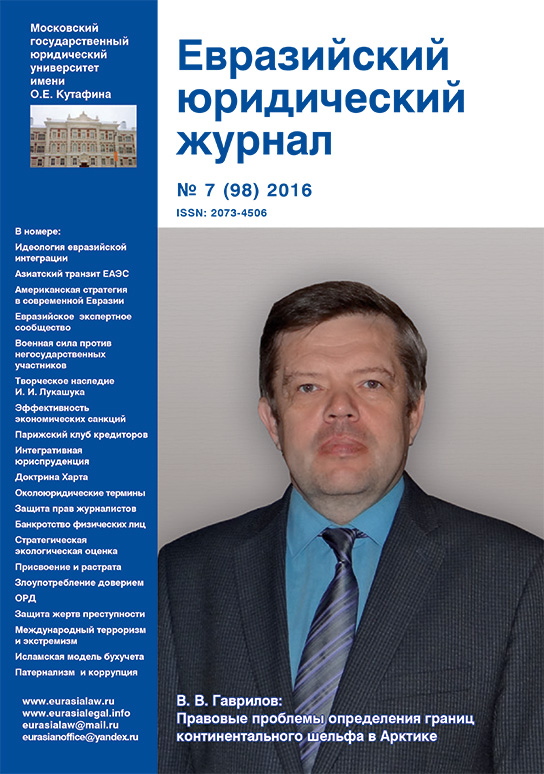Vzlet Programma Otchet

An Olivetti Programma 101, photo courtesy of Museo Nazionale della Scienza e della Tecnologia “Leonardo da Vinci”, Milan At the origins of the Personal Computer: the Olivetti Programma 101 (1965) These days, Italy is not particularly renowned for its consumer electronics products; yet, there was a time, in the ’60s, when an Italian company was reputed to be the “European response” to American computer manufacturers; that company was Olivetti. The company was founded in Ivrea, northern Italy, in the early 20th century as a typewriter maker; but, in the late ’50s, under the direction of Adriano Olivetti and his son Roberto, it became one of the first European companies to regularly produce electronic calculators and computers, often characterized by innovative design and engineering solutions. The first human-centered computer It was in the early Sixties that Olivetti decided to develop a “desktop” computer; namely, a computer much smaller than those used at the time, and compact enough to be “a personal object, something that had to live with a person, a person with his chair sitting at a table or desktop” (Roberto Olivetti). This object was the Programma 101. This idea was utterly revolutionary since, at the time, computers were massive mainframes sealed in airtight rooms and operated by an elite of specialized technicians in white coats.
Oct 27, 2018 - obyavlena-programma-konferentsii-telco-trends-201060754.
Just before revealing the “dream machine”, a Programma 101 advertisement recited: “Welcome to the world of tomorrow. You are about to take a journey out of this world into the world of the future”, another one was showing a businessman and a handsome woman in a swimsuit (his secretary, perhaps) working on a Perottina right at the side of a pool 1960s advertisements of the Olivetti P101 for the U.S. market The development stage The Programma 101 takes its nickname, Perottina, from that of its inventor – Italian electrical engineer Pier Giorgio Perotto, then 32 years old – to whom Olivetti assigned the direction of the project in 1962. The computer was actually developed by an engineering team of five young technicians which included, along with Perotto, Giovanni De Sandre, Giuliano Gaiti, Gastone Garziera, and Giancarlo Toppi. The early story of the Programma is somewhat romantic.

Olivetti had just sold its electronic division to General Electric, which wasn’t interested in an “Italian computers” at all. Yet, the team didn’t want to give up the project, already in an embryonic stage; therefore, they invented a trick. Inheritance christopher paolini pdf download ita.
Overnight, they warily declassified the machine from “computer” to “calculator”, and the calculator division was not part of the agreement with GE. So they could go on developing for some crucial months their “machine of the future”, in a sort of no man’s land between Olivetti and General Electric. Artikulyacionnie profili zvukov. The technical development team of the Programma 101 (except Giuliano Gaiti); left to right and bottom to top: Pier Giorgio Perotto, Giovanni De Sandre, Gastone Garziera, and Giancarlo Toppi; photo courtesy of Laboratorio-museo Tecnologicamente, Ivrea When we look at the specifications and capabilities of the machine, today, it is hard to think it was a real computer. Due to its limited RAM of 1,920 bits, the Programma 101 was mostly a machine conceived to make arithmetic calculations – sums, subtractions, divisions, multiplications, square roots -, yet, like modern computers, it could also perform logical operations, conditional and unconditional jumps, and print the data stored in a register, all through a custom-made alphanumeric programming language.